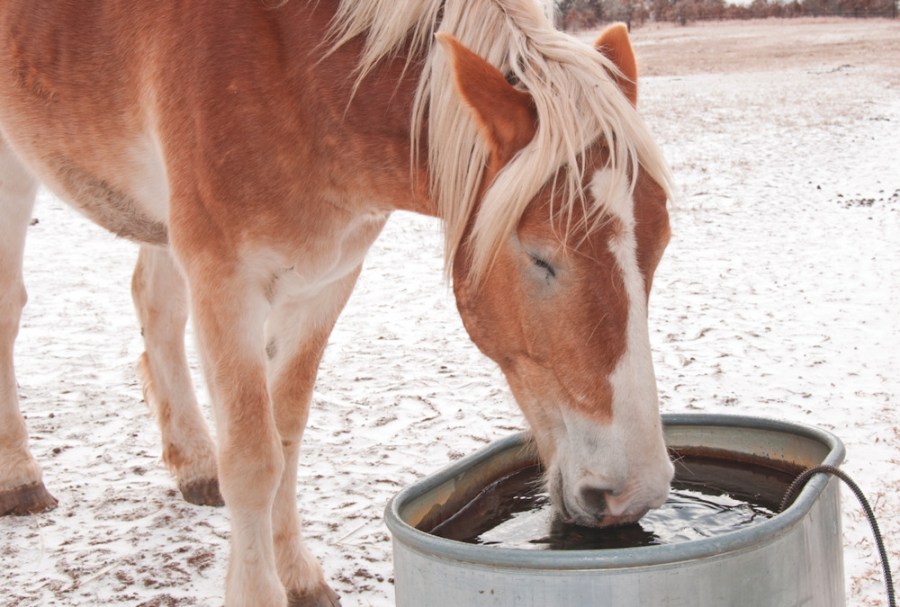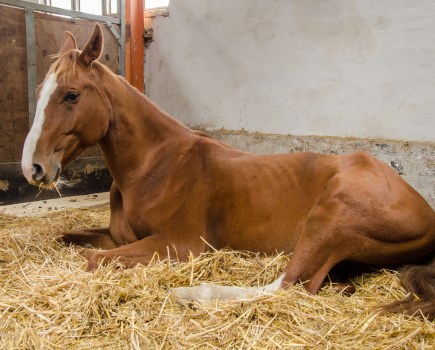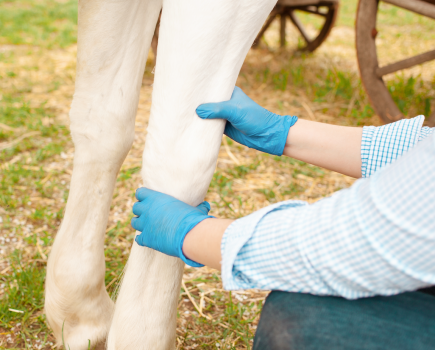Think dehydration in horses is only something to worry about on hot and sunny summer days? Think again. Vet Sarah Hunter MRCVS, from Clevedale Vets in North Yorkshire, explains why it’s a winter problem too and why it’s essential to do all that you can to avoid it when taking care of a horse.
At this time of year, horses may reduce the amount of water they consume, mainly due to reduced turnout but also because they will generally drink less when the outside temperature is lower.
This coincides with horses preferring not to drink cold water or not being able to if the water is frozen.
Hydration is important for optimal body function and a drop in this can compromise the vital functions.
Failure to maintain the fluid levels necessary for the specific requirements of the horse can lead to disease or even death. One of the most common problems is impaction colic, which requires veterinary treatment.
Key water facts
- The horse’s body has a water content of approximately 65-70%. The actual amount can vary between individuals, depending on health, nutrition and body condition score, with foals having up to 80%.
- Water makes up a large portion of the blood that circulates the body but is also found within and around cells throughout the body, being involved in the majority of processes essential for life, including the transportation of nutrients.
- In horses, up to 6% of the total water is found in the intestines, being used to help move food through the gut, most of which is then reabsorbed in the large intestine when digestion ends.
- The water in these different compartments each has a complex composition which is carefully regulated by the body. The fluid levels can be adjusted by the kidneys, which can increase or decrease the excretion of water depending on the requirements.
These regulatory mechanisms are in place to preserve the composition of the body fluids and to ensure adequate circulation of blood. - Excretion of water occurs in sweat, urine, faeces and breath. On average, a horse will need to consume 25 litres of water per day to replace these losses. Most of this water will come from the food, of which grass contains the most at around 85%.
11 ways to encourage drinking:
- Provide constant access to clean, fresh water. Buckets or automatic drinkers should be cleaned regularly to avoid dirt and grime building up.
- Ensure the horse can always access the water — this may be harder for him if the field is boggy or he is worried about bullying from a field mate.
- On particularly cold days, check troughs or buckets regularly to ensure that the water hasn’t frozen over.
- Make sure there is enough food available in winter especially, as most of the horse’s water will be absorbed from the food. Less water will be consumed from hay compared to grass, so the horse will need to take in more water through drinking than they would have during other times of the year.
- Haylage contains more water than hay so can be fed instead, but remember to change over gradually to reduce the risk of diarrhoea occurring.
- Offer water in buckets rather than through automatic drinkers so that you can measure what they are consuming.
- If you think your horse isn’t drinking enough, flavouring such as apple juice, molasses or mint can be added to encourage the horse to drink it.
- Warm the water to a lukewarm temperature — it has also been shown to be preferred by horses.
- Add salt or electrolytes to the feed or water. It can increase the horse’s thirst and encourage them to drink more.
- Add water to feed. A sloppy mash can be quite appealing to horses.
- Soak hay to increase its water content, but bear in mind it may affect its nutritional value.









